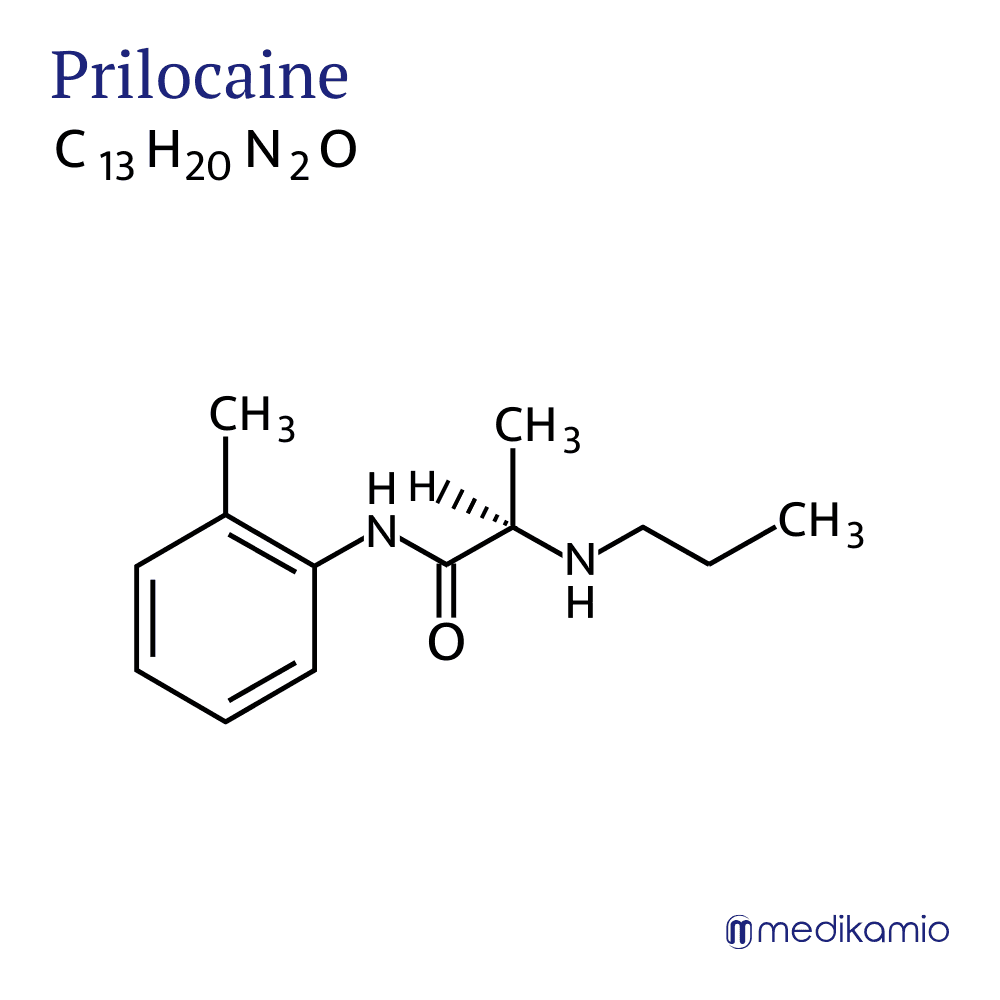Basics
Prilocaine is an active ingredient used in anesthesia for local anesthesia. It belongs to the group of local anesthetics of the amide type. Prilocaine is a white crystalline powder and is only slightly soluble in water. It is available as a cream, plaster and solution for injection. In solution it is available as prilocaine hydrochloride. It has a similar effect to lidocaine and is very popular in dentistry. It acts very quickly and the effect lasts between 3 and 6 hours.

